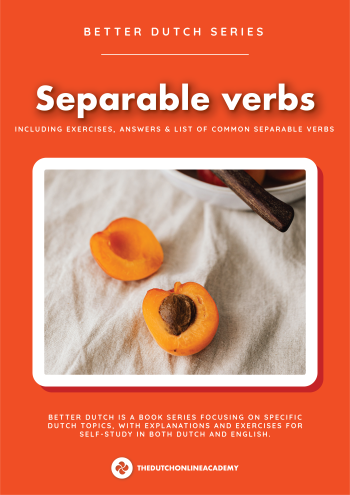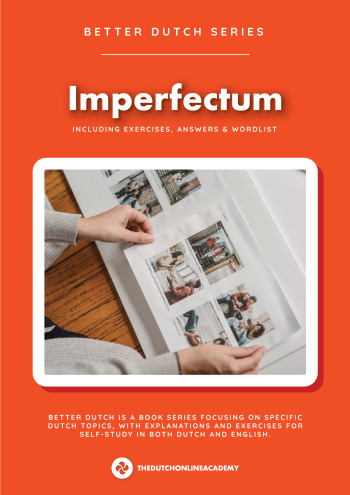Learn the theory
Position verbs in Dutch
De kop koffie staat op tafel.
De sleutels liggen op het kastje.
De bank staat in de kamer.
Have you ever wondered why a cup of coffee staat (stands) on the table? It doesn't have any legs, does it? Strangely enough the position of many other objects is described with liggen, such as pens, papers and keys for example. A common theory is the horizontal-vertical theory, which is very simple: if an object is more horizontal than vertical, it ligt (lays). Unfortunately, this method is far from accurate and just using zijn in Dutch is not an option, because it sounds very unnatural in most cases.
There are many many rules. In this article, we give you the most important ones.
Liggen or staan in Dutch?
Let's look at een bank (couch). Not een bank to keep your money safe, but een bank to sit on. It actually always staat (stands). If een bank ligt (lays), it means that it is positioned in the wrong position. For example with the legs up.
Rule 1a: if an object has only one correct position and it's solid, it staat (stands).
Rule 1b: if an object has only one correct position and it's soft, it ligt.
A television is another example of an object with one correct position. Just like photo frames, alarm clocks, almost all furniture, buildings and cars. A carpet, on the other hand, is soft and therefore lays.
Rule 1c: If an object has no correct position, it's normally liggen, especially if it is more horizontal/undefined than vertical.
Examples of objects without one correct position are keys, a phone, an apple, earphones, towels, etc.
Zitten
Rule 2a: If something is in another object, you can use zitten.
- De kip zit in de oven
- The chicken is in the oven.
- De sleutels zitten in mijn zak.
- The keys are in my pocket.
- De koffie zit in de mok.
- The coffee is in the mug.
- De boodschappen zitten in de tas.
- The groceries are in the bag.
This often goes together with the preposition in.
Rule 2b
If something is attached/stuck to something, like a sticker or the cabinets of the kitchen to the kitchen wall, you also use zitten.
- Er zit vogelpoep op mijn autoruit.
- There's birds poop on my car window.
- De lippenstift zit op het wijnglas.
- The lip stick is on the wine glass.
- Er zitten knopen aan mijn jas.
- There are buttons on my jacket.
Hangen
Hangen is often forgotten as a position verbs because it is a bit less common to hear it, but it is definitely used.
Rule 3: Is the object hanging, but not really attached firmly? It's hangen.
- De jas hangt aan de kapstok.
- the coat is on the coat rack
- Het schilderij hangt aan de muur.
- The painting hangs on the wall.
So, these are the most important rules. There are many more for more specific cases. Examples are that text is always standing (het woord staat in de tekst) and the location of a city or village is described by liggen (Amsterdam ligt in Noord-Holland).
In one of our other lessons (see the link below this article) you'll find information on the action verbs that are attached to the position verbs.
Practice with exercises
In this Dutch grammar exercise, you have to fill in the right position verb. Choose from zitten, liggen, staan and hangen.
Some ideas to keep learning
Do you want to know more about position verbs. Read this article on action words for position (in other words: how to say to put in Dutch).
comments
Login to leave a comment


![Learn Dutch with The double infinitive in Dutch [list of auxiliary verbs included]](https://images.ctfassets.net/f8l4gy5qxe00/7fpaN2iBE3h1xS7LRL8c0h/3bbebedc080cbf7eece73424c8e3918f/The_double_infinitive.png?w=350&h=495&q=50&fm=png)
